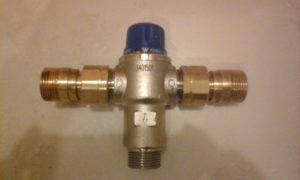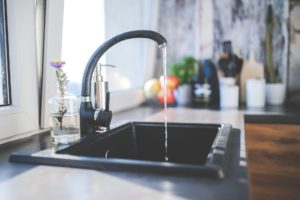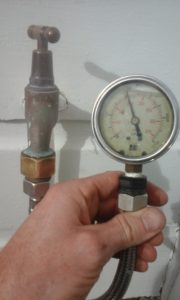How to Fix a Dripping Tap (And Why You Shouldn’t Ignore It)
A dripping tap might seem like a minor annoyance, but over time, it can lead to bigger problems—both for your home and your wallet. Whether it’s the kitchen, bathroom, or laundry, that slow, steady drip can be a sign of something that needs fixing fast.
In this article, we’ll explain why taps drip, the potential consequences of ignoring them, how to fix a dripping tap, and when it’s time to call in a professional plumber.
Why is My Tap Dripping?
There are several reasons a dripping tap might occur:
-
Worn-out washer or O-ring – The most common cause. Over time, washers inside the tap wear down and can no longer form a tight seal.
-
Damaged valve seat – This is the connection between the tap and the spout. If it becomes corroded or worn, it can cause leaking.
-
High water pressure – Excessively high pressure can cause water to leak out of your tap even when it’s turned off.
-
Loose parts or fittings – General wear and tear or poor installation can lead to small leaks.
How Much Water Does a Dripping Tap Waste?
You might be surprised to learn that a dripping tap can waste up to 20,000 litres of water a year—enough to fill a small swimming pool! That’s not only bad for the environment, but it can also add a significant amount to your water bill over time.
Can I Fix a Dripping Tap Myself?
If you’re comfortable with a bit of DIY, you might be able to fix a dripping tap yourself. Here’s a basic step-by-step:
-
Turn off the water supply – Locate your isolation valve and turn it off to prevent flooding.
-
Plug the sink – Just in case you drop a small part.
-
Remove the tap handle – This usually involves unscrewing a cap or cover to access the internal components.
-
Replace the washer or cartridge – Depending on your tap type (compression, ceramic disc, ball, or cartridge), you’ll need the correct part.
-
Reassemble the tap and turn the water back on to test for leaks.
If the drip continues—or if you’re unsure what you’re doing—it’s best to get help from a licensed plumber.
Why You Shouldn’t Ignore a Dripping Tap
While a dripping tap may seem harmless, it can lead to:
-
Increased water bills
-
Water damage to benchtops, cabinetry, or walls
-
Mould and mildew growth
-
Corrosion or further damage inside the tap system
Fixing a tap early is often quicker and cheaper than dealing with the consequences later.
When to Call a Professional
If you’ve tried replacing the washer and your tap is still dripping—or if you’re dealing with unusual water pressure or leaks under the sink—it’s time to get in touch.



